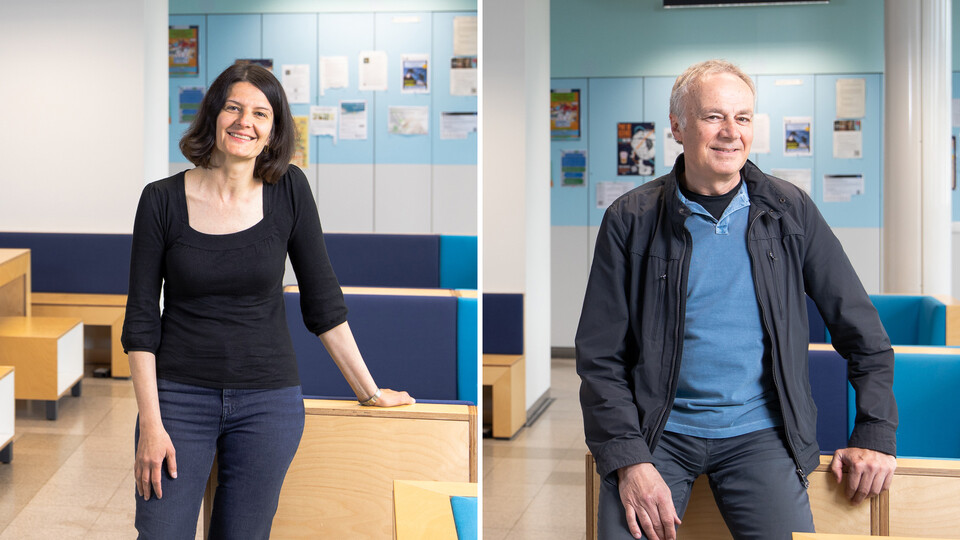
The endoplasmic reticulum (ER) handles the folding and maturation of approximately one third of the proteome, including most of the secreted proteins. When cells experience proteotoxic stress, they activate a protective signaling pathway known as the unfolded protein response (UPR). One mechanism by which the UPR helps to restore homeostasis is by regulating gene expression. However, much less is known about how cells fine-tune RNA levels following their synthesis. With her newly funded FWF project, group leader Elif Karagöz aims to uncover in the next three years, how post-transcriptional regulation contributes to this essential stress response. Her team focuses on the RNA-binding protein IGF2BP3, which, under normal conditions, stabilizes mRNAs involved in the UPR but, intriguingly, promotes their breakdown during ER stress. “We want to understand how IGF2BP3 switches its behavior – from protecting to degrading specific mRNAs – and how this adaptability helps cells survive stress”, says Elif. Since IGF2BP proteins are often overexpressed in aggressive cancers, the project could also reveal whether and how tumor cells exploit stress pathways to adapt and thrive.
The immune system relies on a delicate balance between pro- and anti-inflammatory responses: while robust inflammation is required for effective defense against infections, too much of it can lead to harmful tissue damage. How this balance – known as immune homeostasis – is regulated at the molecular level remains incompletely understood. With his newly funded FWF project, group leader Pavel Kovarik aims to uncover how inflammation is controlled through the post-transcriptional regulation of immune genes. His team focuses on the anti-inflammatory protein TTP, which binds and destabilizes messenger RNAs encoding pro-inflammatory cytokines, thereby acting as a molecular ‘brake’ on inflammation. “Our recent findings suggest that TTP recognizes and marks its RNA targets during transcription – long before they produce inflammatory proteins”, Pavel explains. “We now want to understand how this early engagement works and why it’s so crucial for keeping inflammation under control.” Collaborating with Dylan Taatjes from the University of Colorado, Boulder, USA, the project will employ advanced real-time imaging to visualize how TTP interacts with RNA as it is being made, with the goal of revealing new insights into how immune cells restore homeostasis following the successful elimination of pathogens.